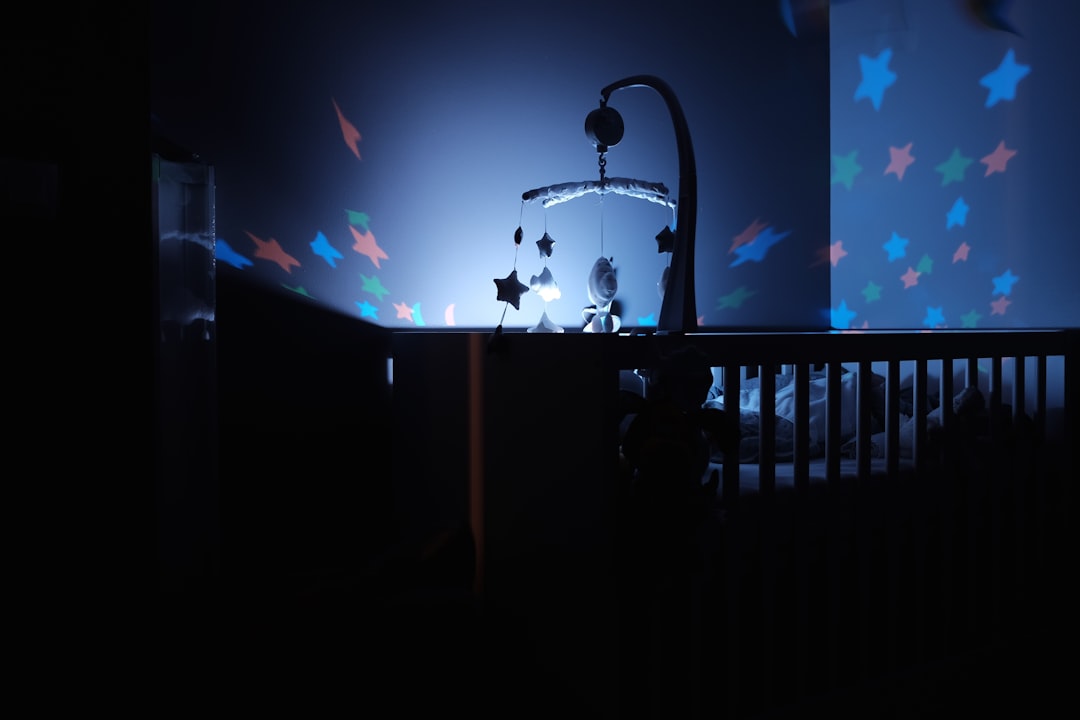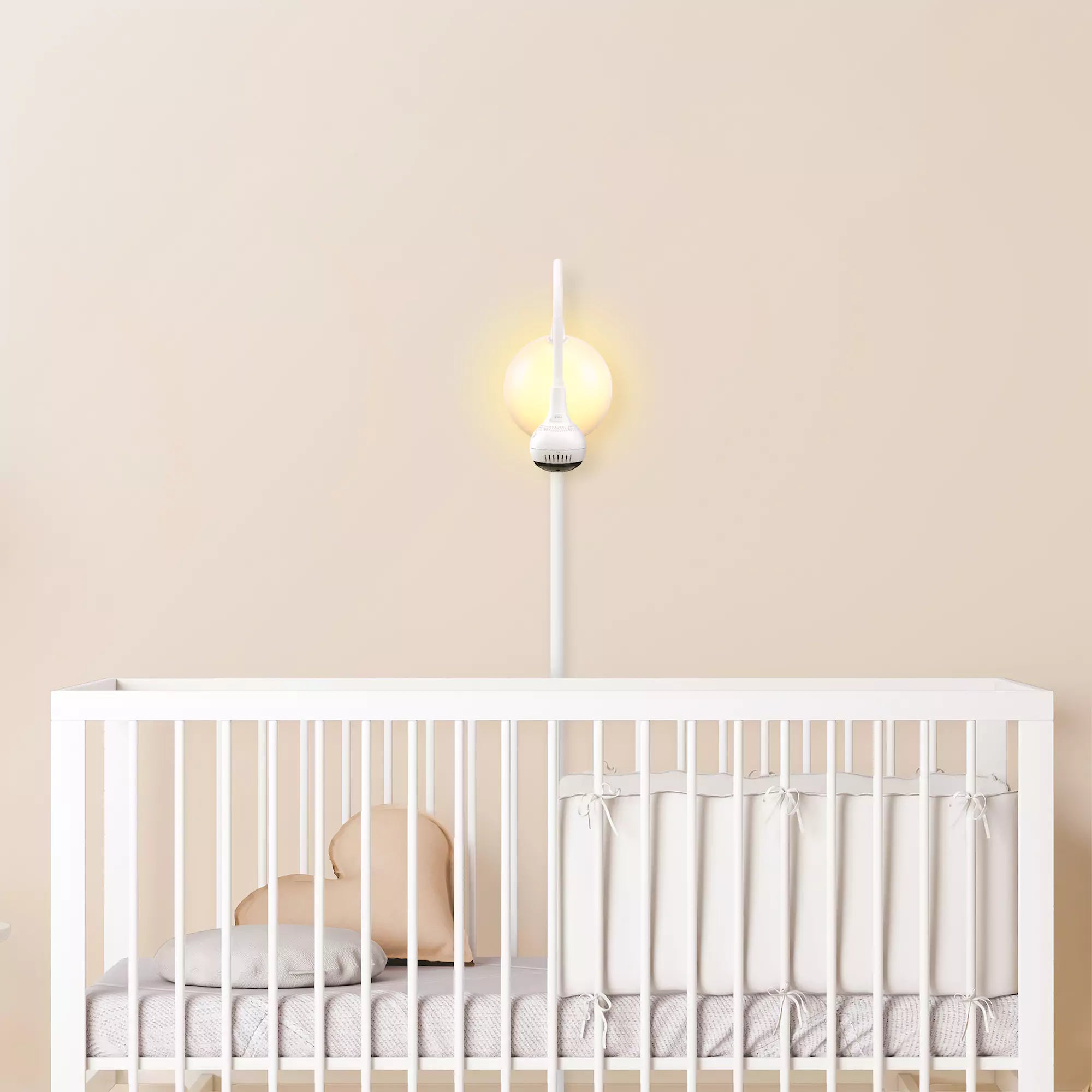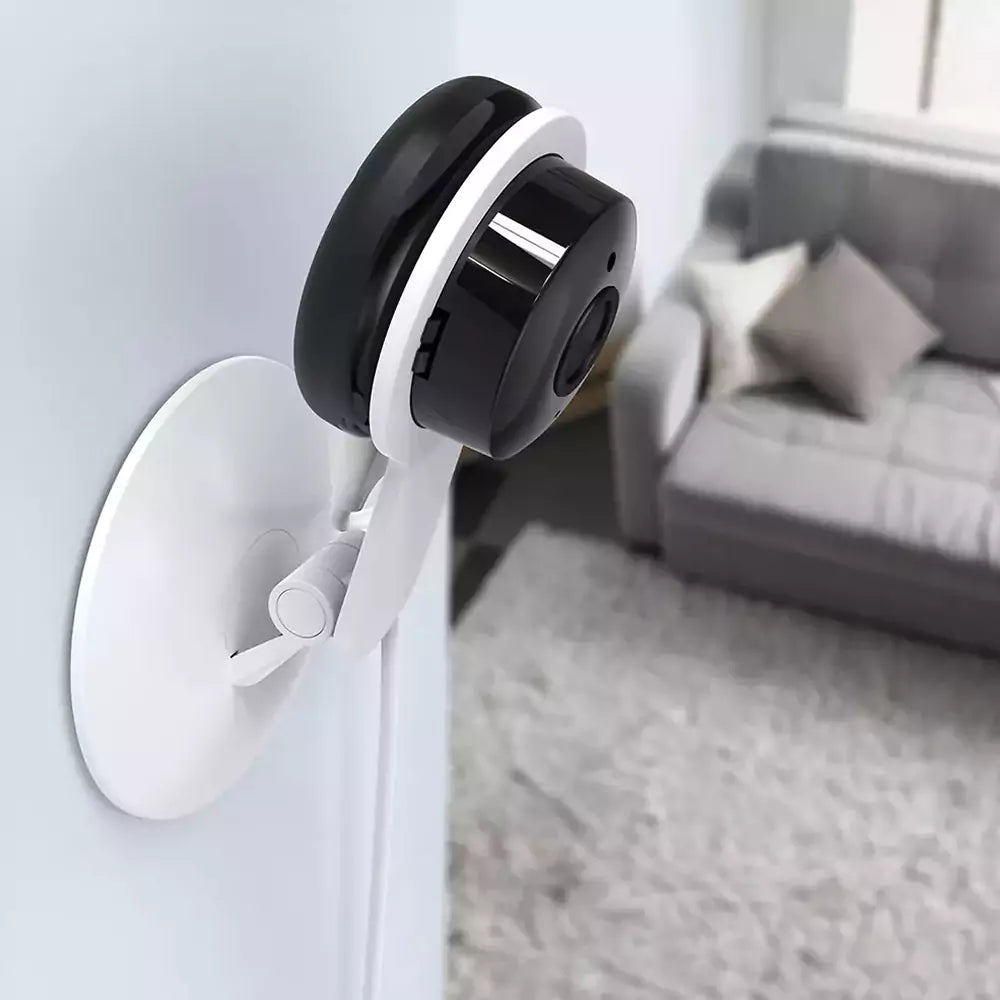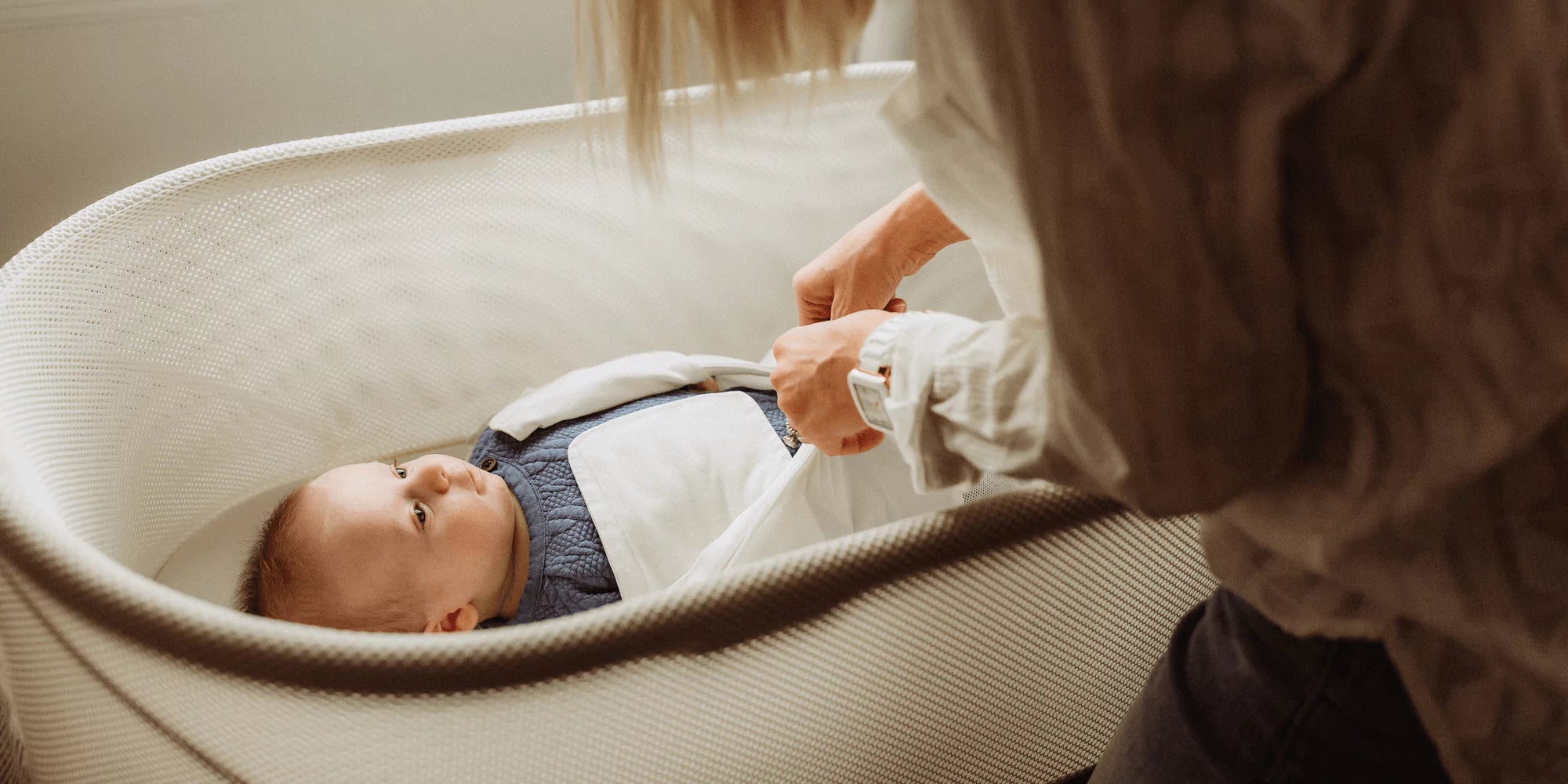As a new parent, one of the biggest challenges is figuring out your baby's sleep schedule. From sleepless nights to naptime struggles, it can be overwhelming to navigate the world of baby sleep. One common question that many parents have is when do babies drop to 2 naps? In this article, we'll explore the answer to this question and provide tips for managing your baby's napping schedule.
Understanding Baby Sleep Patterns
Before we dive into when babies typically drop to 2 naps, it's important to understand the basics of baby sleep patterns. Newborns typically sleep for 16-18 hours a day, with naps lasting anywhere from 30 minutes to 2 hours. As babies grow and develop, their sleep patterns change, and they begin to consolidate their naps into longer periods.
Around 4-6 months, most babies will start to take 3 naps a day, with each nap lasting 1-2 hours. This is a common schedule until around 9 months when babies typically drop to 2 naps. However, every baby is different, and some may drop to 2 naps earlier or later.
Signs Your Baby is Ready to Drop to 2 Naps
While there is no set age for when babies drop to 2 naps, there are some signs that your baby may be ready for this transition. These signs include:
- Your baby is consistently taking longer naps (1-2 hours) and is able to stay awake for longer periods between naps.
- Your baby is consistently taking shorter naps (30 minutes or less) and is unable to stay awake for longer periods between naps.
- Your baby is consistently waking up early in the morning and is unable to fall back asleep.
- Your baby is consistently fighting naps and is unable to settle down for a nap.
If you notice these signs, it may be time to start transitioning your baby to 2 naps a day.
Tips for Managing Your Baby's Napping Schedule
Transitioning your baby to 2 naps can be a challenging process, but there are some tips and techniques that can help make it smoother.
Gradual Transition
Instead of suddenly dropping to 2 naps, it's best to make the transition gradually. Start by pushing your baby's first nap later in the day, so they are awake for longer periods between naps. This will help them consolidate their naps into 2 longer periods.
Adjust Nap Times
As your baby transitions to 2 naps, you may need to adjust their nap times to ensure they are getting enough sleep. For example, if your baby is taking a morning nap at 9 am, you may need to push it to 10 am to help them stay awake until their afternoon nap.
Stick to a Routine

Use Sleep Training Techniques
If your baby is struggling to adjust to 2 naps, you may need to use sleep training techniques to help them learn to fall asleep on their own. This can include methods like the "cry it out" method, also known as the Ferber Method or the "pick up, put down" method. It's important to find a method that works for you and your baby and to be consistent with it. Another option is to use one of our sleeper trainer baby monitors like our Chillax Baby Mood Pro.
Benefits of Dropping to 2 Naps
While the transition to 2 naps can be challenging, there are many benefits to this new schedule.
Longer Naps
With only 2 naps a day, your baby will have more time to consolidate their sleep, leading to longer naps. This can be beneficial for both you and your baby, as longer naps mean more time for you to rest or get things done.
More Time Awake
As your baby drops to 2 naps, they will be awake for longer periods between naps. This means more time for play and exploration, which is crucial for their development.
Better Nighttime Sleep
With a more consolidated nap schedule, your baby may also sleep better at night. This is because they will be getting enough sleep during the day, making them less likely to wake up frequently at night.
When to Seek Help
While most babies will naturally transition to 2 naps, some may struggle with the change. If your baby is consistently fighting naps, waking up early, or having trouble falling asleep, it may be time to seek help from a pediatric sleep consultant.
A sleep consultant can help you identify any underlying issues and create a personalized sleep plan for your baby. They can also provide support and guidance as you navigate the transition to 2 naps.
Conclusion
In conclusion, there is no set age for when babies drop to 2 naps, but most will make the transition between 9-12 months. It's important to watch for signs that your baby is ready for this change and to make the transition gradually. With consistency, patience, and the right techniques, you can help your baby adjust to 2 naps and enjoy the benefits of a more consolidated sleep schedule.













